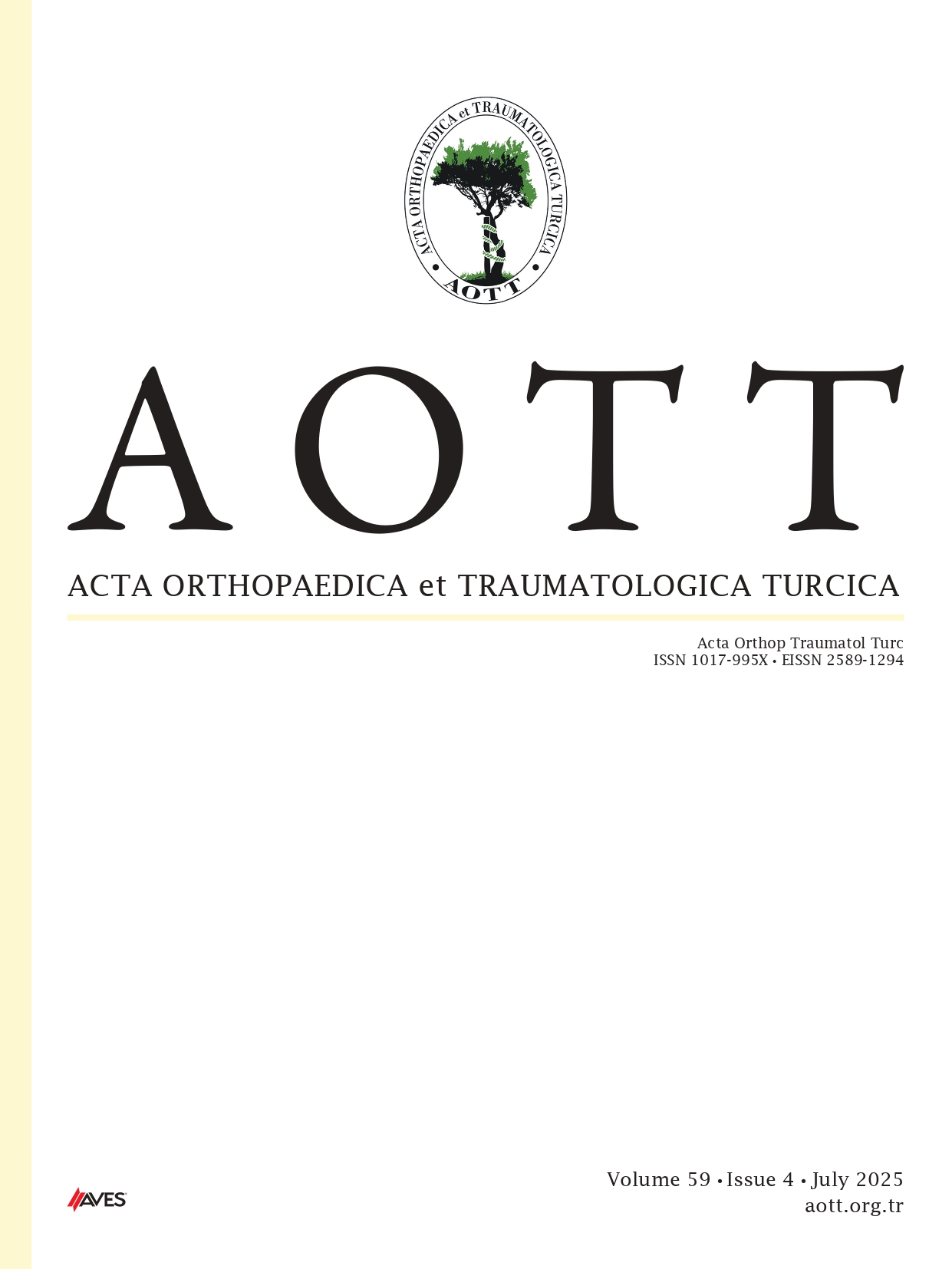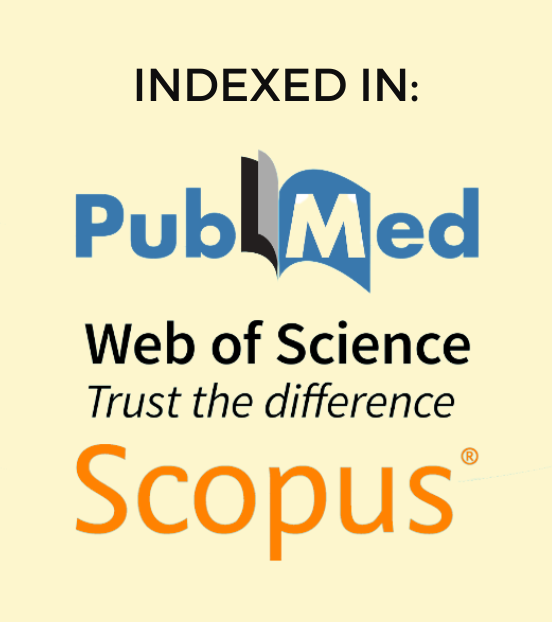Objective: This study aimed to investigate and compare the effects of naproxen (a nonselective nonsteroidal anti-inflammatory drug [NSAID]), celecoxib (a cyclooxygenase (COX)-2 selective NSAID), and acetaminophen (an analgesic with minimal anti-inflammatory activity) on tendon and tendon–bone healing following surgically induced supraspinatus tendon repair in a rat model.
Methods: In this experimental study, 56 adult male Wistar Albino rats (mean weight, 300 g) were randomized into 4 groups (n =14 per group): control (1% methylcellulose vehicle), naproxen, celecoxib, and acetaminophen. A standardized full-thickness tear of the supra spinatus tendon was surgically created, and repair was performed using transosseous suture fixation through a humeral bone tunnel. Postoperative treatments were administered via oral gavage for 14 days. Tendon healing was assessed at 28 days through histological evaluation using modified Bonar scoring (n = 6 per group) and biomechanical testing via uniaxial tensile assays (n = 8 per group). Primary outcome measures included Bonar scores, maximum tensile strength, displacement, and stiffness.
Results: The acetaminophen and control groups demonstrated superior maximum strength and stiffness compared to the NSAID-treated groups; however, these differences did not achieve statistical significance (maximum strength: P = .28; stiffness: P = .40). Histological analyses revealed significantly enhanced tendon–bone healing in the acetaminophen and control groups relative to the celecoxib and naproxen groups (P= .01).
Conclusion: The early postoperative administration of COX-2 selective and nonselective NSAIDs may compromise early tendon-bone healing compared to acetaminophen. Although biomechanical differences were not statistically significant at 28 days, histological findings underscore the potential impact of analgesic selection on early postoperative tendon healing.
Level of Evidence: N/A
Cite this article as: Bektaş E, Çelebi ME,Kurtulmuş T, Yılmaz F. Comparative effects of COX-2 selective and nonselective NSAIDs and acetaminophen on rotator cuff tendon–bone healing in a rat model. Acta Orthop Traumatol Turc., Published online August 13, 2025. doi:10.5152/j.aott.2025.25278.



.png)
.png)
